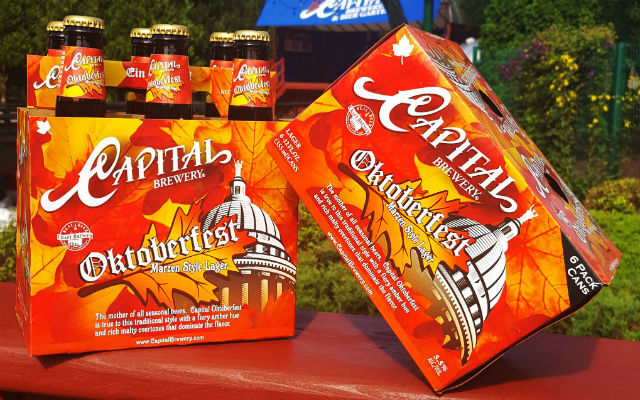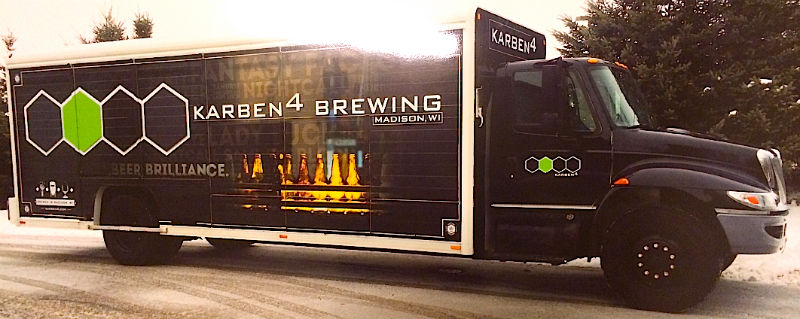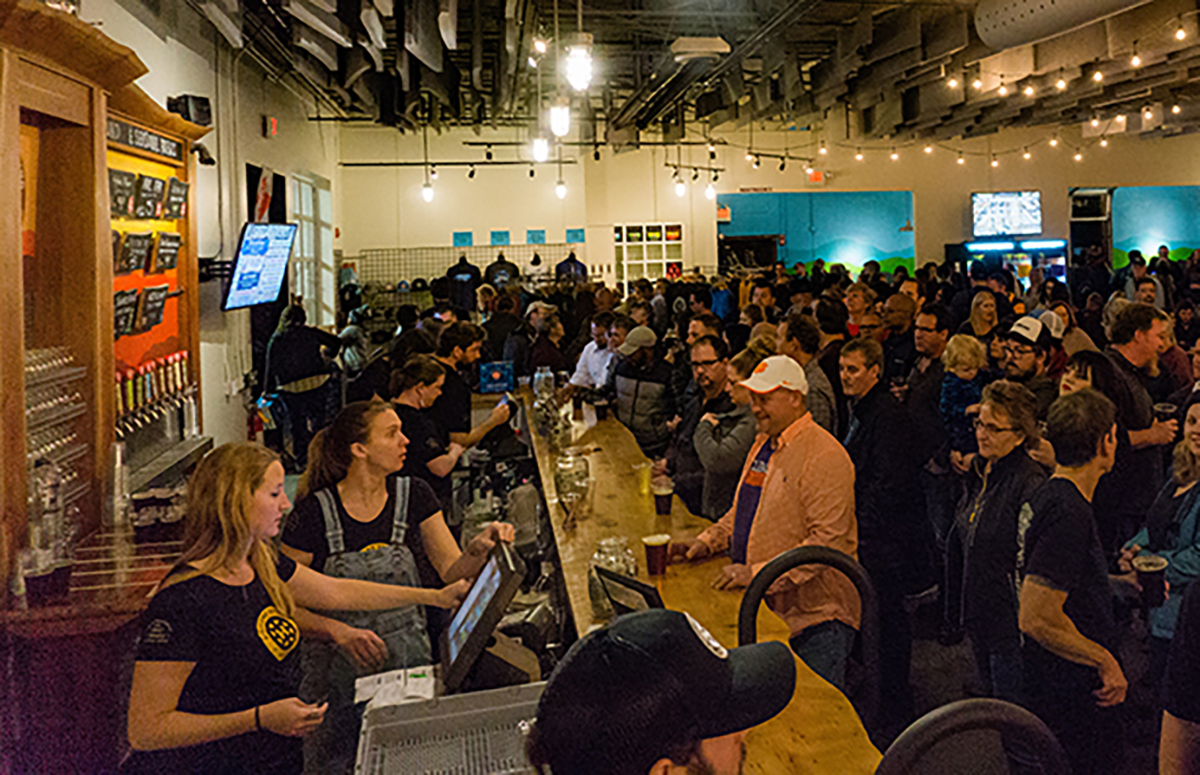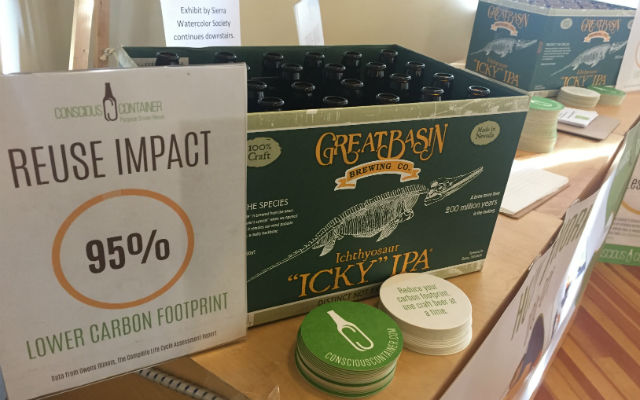
Keeping track of SKUs as the craft beer industry continues to grow is a paramount to help your brewery find growth patterns and develop future strategies for your portfolio.
Madison, Wisconsin’s Karben4 Brewing’s co-founder Zak Koga and Capital Brewery’s Brewmaster Ashley Kinart shared their ideas.
Karben4 produced over 9,500 barrels of volume after opening in late 2012 while Capital made nearly 19,000 barrels in 2016 and has been open for more than 30 years.
Kinart said assigning a unique identifier to each separate brand a brewery brews makes tracking every last item associated with that brand much easier.
“Have this 2- or 3-digit code embedded into the SKU of each pack type of finished goods, packaging materials, or even any other raw materials that might be unique to a specific brand,” she said. “Running and searching through reports becomes a little easier and less of a headache.”
As for planning for growth, Koga said he personally reviews the sale and inventory of every package size of every brand of the Karben4 brand every week.
“We lock in our production schedule for the very next week based on that real-time demand,” he said. “It is not a perfect system, especially when we are experimenting with new packages, but this gives us a very strategic advantage in executing new SKUs.
“The information we get every year helps us write a better beer calendar for the next year and engineer growth by maximizing the revenue velocity of the different seasonals.”
Each seasonal for Capital has its own SKUs in the company tracking system, but the UPC for each pack-type stays the same for retail.
“A majority of our retailers who carry our seasonal products have the shelf space or tap line dedicated to our seasonal, so as soon as one runs out, the next goes right in behind it without any POS or shelf identification changing,” Kinart explained. “We also like to take yearly reports that group all of our seasonals together as one overall yearly brand to better compare to the numbers of our annual offerings.”
Koga said his team are believers in narrowing down the amount of SKU’s offered at any given time to offer just enough variety to the consumer while also adding lot of value for their retail partners.
“If every SKU we put out has a great turn on the shelf then we are going to have a lot easier time keeping that shelf space and reaching all of our customers,” he said. “That’s the goal at least.”







1 Trackback / Pingback